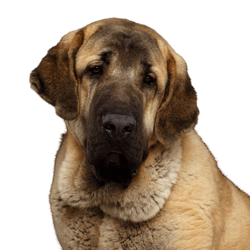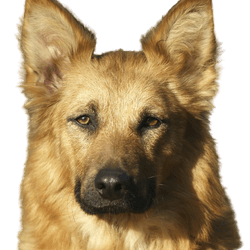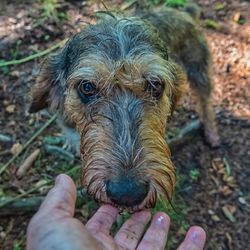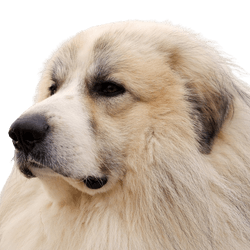
Irish Water Spaniel Breed description: Character & Co
Facts & Origin
What is the origin of the Irish Water Spaniel
The exact origin of the breed is not known. The only thing that is certain is that there were dogs in Ireland 1000 years ago that resembled today's water spaniel. These dogs were used for hunting birds and water fowl. It is certain that the dogs are closely related to the Irish Setter and the Large Poodle. Whether the Water Spaniel descended from the Poodle or vice versa is still unclear. Nothing is known about his influence on other Spaniels or the Portuguese Water Dog either.
In 1834, the breed began to be looked after from a breeding point of view. In 1862 an Irish Water Spaniel was presented at a show for the first time. In the same year, the British Kennel Club officially recognized the breed.
Today this Irish dog breed is recognized by the FCI. It is listed in group 8, section 3 with the standard number 124.
There are not many dogs of this breed in the world, they are largely unknown.
What are the breed characteristics
The animals are typical hunting dogs that love water. Ideally, they are used to hunt water fowl, which they enthusiastically retrieve from the wet water. Today, many Water Spaniels live as family or companion dogs. This works as long as his human enjoys exercise together and long forays through nature in wind and weather. Dog experience is an advantage. The energetic four-legged friends need a lot of exercise and mental stimulation. Search games, dummy training or one of the many dog sports, your pelt nose will enthusiastically participate.
Getting a Water Spaniel used to other animals living in the household, such as cats, rabbits, etc., takes patience. He is reserved towards strangers.
He is ready to defend his human, house and yard.




| Alternate Name | Spaniel (Irish Water) |
| Origin | Ireland |
| Life expectancy | - years |
| Care requirements | high-maintenance |
| Activity level | average |
| FCI group | Water Dogs |
| AKC group | Sporting Group |
| KC group | Gundog Group |
Attitude, character and temperament of the breed
What are typical character traits
The dogs are
- eager to work
- eager to learn
- agile
- fond of retrieving
- alert
- self-confident
- persevering
- intelligent
- curious
- friendly
His favourite activity is and remains retrieving. He is very careful, he does not bite and does not damage anything. The expert says he has a "soft mouth".
When training your dog you should be patient and consistent. Your Irish Water Spaniel always wants to be near you, he does not like to be left alone. Keep busy with him, play together, have fun. Then you will have a faithful, loyal companion at your side.
Character
Usage


Health and breeding information
What are typical diseases
Water Spaniels are naturally robust dogs. Occasionally hip dysplasia (HD) occurs. You can prevent this by proper exercise and normal body weight.
In addition, there are some breeding lines in which thyroid abnormalities and cancers are more common.
What to consider when breeding
Breeders work to maintain the lovable nature and will to work. Since there are relatively few breeding stock, they take care to avoid inbreeding.
There are hardly any breeders who breed this breed. You should plan on traveling a long distance. However, you should talk to several breeders to find the most suitable puppy for you. Spaniel breed clubs will be happy to help you with the appropriate addresses. They can answer many of your questions. A puppy costs between 900 and 1000 €.
Alternatively, you can think about giving a home to an older dog from a shelter.


Appearance and coat of the Irish Water Spaniel
The dogs are stockily built, muscular and compact. Nevertheless, they look elegant, the long muzzle and the corresponding floppy ears give it dignity. The ears are covered with long curls. In contrast to other water dogs, the Irish has no beard.
Typical for the breed is the long tail covered with short hair. From a distance it appears naked, therefore often called Rat Tail.
His coat is lush, curly and mostly chestnut brown. It is constantly greasy to the touch. This coat protects him from the cold in the water.
You should brush the coat off once a week. Frequent bathing is not necessary. You would destroy the natural greasy layer that protects your dog from wetness and cold.
How tall is the dog
-
Male 53 to 59 cm
-
bitch 51 to 56 cm
How much does the water spaniel weigh
27 to 34 kg
How old can the dog become
You have your four-legged friend 12 to 15 years at your side.
| Fur length | medium |
| Fur | curly |
| Ear shape | Floppy Ear |
| Tail | lang |
| Anatomy | hefty |
| Size ♀ | 51 - 56 cm |
| Weight ♀ | 27 - 30 kg |
| Size ♂ | 53 - 59 cm |
| Weight ♂ | 27 - 34 kg |
| Suitable For | - |
Colors
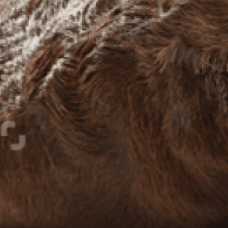


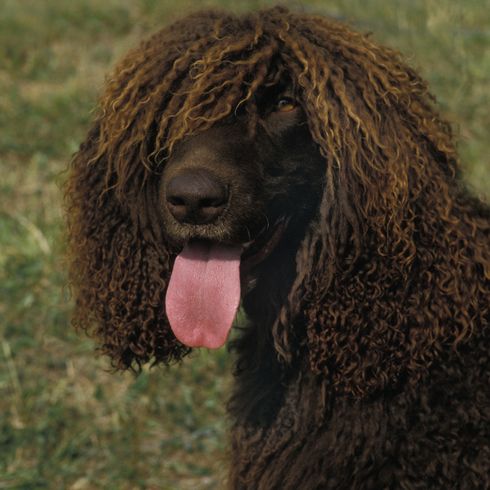
Known Diseases
Hip dysplasia (HD)
The hip dysplasia or hip joint dysplasia of the dog (HD) is a maldevelopment of the hip joint.
Cancer
May be common in older dogs.
Hypothyroidism
Most often, dogs get sick in middle age. Causes of hypothyroidism. Several causes of hypothyroidism are known.
Other large dogs
Useful Articles

You can find articles that might interest you in the dogbible blog to match your favorite breed.
Visit our magazineto stay up to date on dog trends.
To find out more, view our Privacy Policy
Find here the breed that suits you and find out what character traits it has. Here you can also learn more about the origin, size and weight of your favorite breeds.
Matching your favorite breed, you'll find articles that might interest you on the dogbible dog blog.
4 tips against stress on the leash - when master, mistress and dog walk relaxed
Dogs at the wedding - here's how you can incorporate your favorite one
With these 4 tips, your dog learns to "sit pretty"
Dog with blue tongue: a list and why do they have blue tongues?







